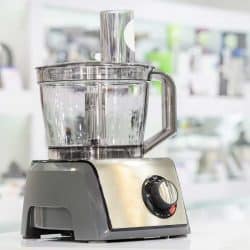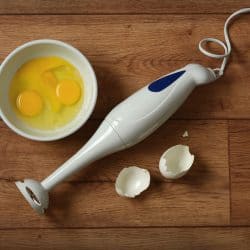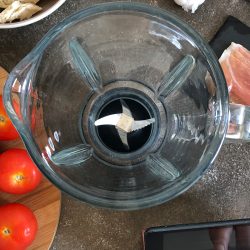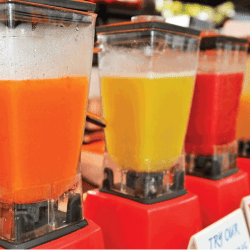Cooking a creamy soup or a brand new sauce involves bringing your ingredients to a puree, but figuring out how to do that isn't always simple. This is especially true if your recipe calls for you to puree or whip something while it's still hot. That may lead you to wonder, can you put hot things in a food processor?
Though some food processor models are now equipped to handle hot food, the general consensus is that you should avoid putting hot things in a food processor. The heat from your food could potentially cause issues with the food processor's machinery.
Like with all things culinary, there are caveats to this rule as well as valid reasons why hot foods and food processors don't mix. This guide will explain what can happen if you put hot food in a food processor and what you can do instead. Continue reading to find out more!
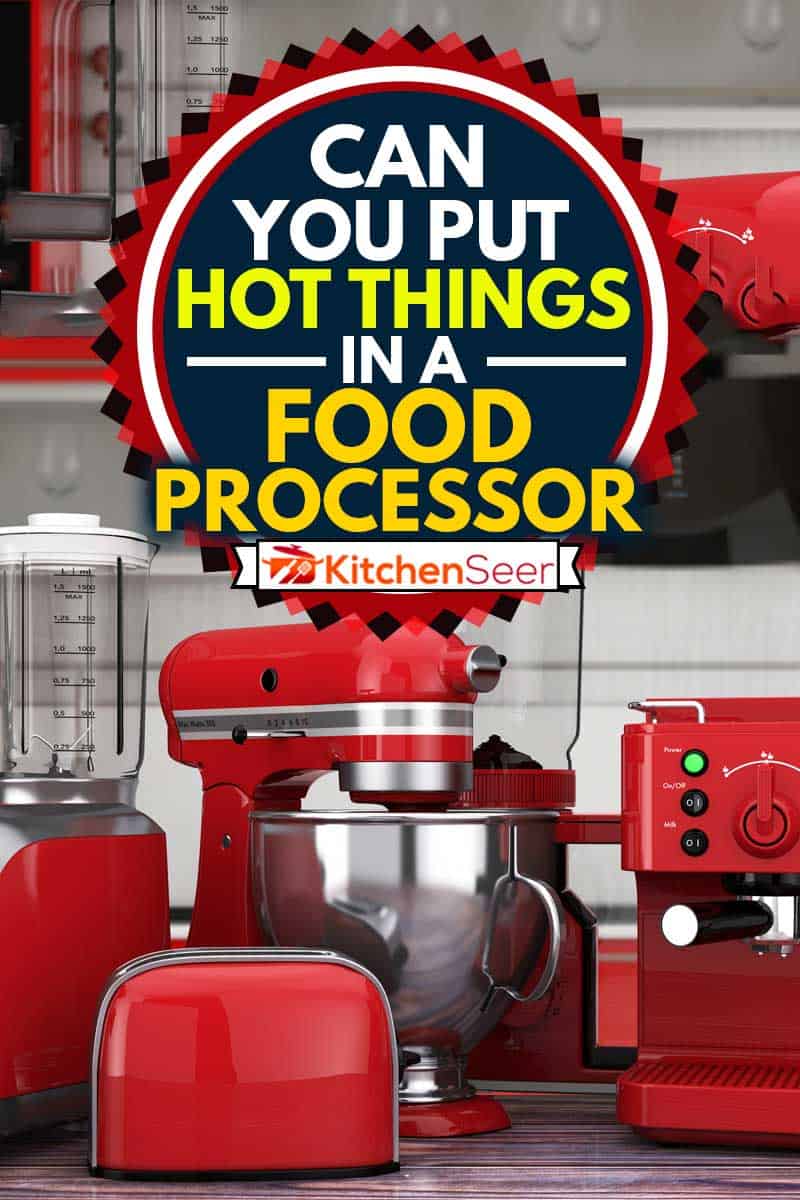
What Happens If You Put Hot Things In A Food Processor?
Food processors are designed to exclusively work with cold food items. If you put items that exceed the food processor's top temperature threshold, you can run the risk of making the motor and processing materials become discolored and possibly deformed. This can lead to a full failure of your food processor if left to its own devices.
If your food processor is made with BPA or certain types of plastic, you also run the risk of having the chemicals from the plastic leech into your food. This can pose a significant health risk, especially if you're prone to cancer. Poison.org suggests reducing your exposure to BPA and plastic. The best way to do that is to avoid putting hot food in plastic containers.
Should You Always Avoid Putting Hot Food In Food Processors?
Though the rule of thumb says that hot foods should be avoided whenever possible, there are always going to be exceptions to the rule. You can generally puree warm (not hot) soup in a food processor. For example, pureed peas are generally seen as an okay thing to process.
A good example of how you can use a food processor for warmer foods can be found below:
Can Some Food Processors Handle Heat?
Though most food processors aren't meant to handle hot foods, there is a chance that you might be able to find one that can among the Most Popular Food Processor Brands. Most food processors that are made by major names will have a decent degree of heat resistance, and will only have advisories against placing boiling foods in them.
The best food processors for hot foods will be made of glass or heat-resistant plastic. A good example of a heat-resistant food processor would be the Cuisinart 14-Cup Custom Batch Food Processor.
Cuisinart Food Processor
Click here to see more on Amazon.
Can You Blend Soup In A Food Processor?
Bon Appetit settled this one pretty well for us. According to their site, you can blend soup in a food processor provided that you either chill the soup for a while beforehand or use a food processor that can handle the heat. However, it's not advisable, as it can take a while and can also be a bit of a mess to clean up.
What Should You Not Put In A Food Processor?
Though food processors are versatile, they also tend to be picky when it comes to what you can or cannot add to them. Traditionally, you should not put the following things in a food processor:
- Boiling or steaming hot foods
- More liquid than the food processor can handle
- Gelatin
- Tough meat cuts
- Hot/baked nuts
- Bone
- Fruit peels
- Ice
What Should You Use Instead Of A Food Processor?
Let's say that you have piping hot food that you need to blend or stir up. You need to know what food processor alternatives you have. The most common tool to use, aside from a food processor, is a blender. It can offer up similar results without running the risk of having damage to your machinery.
If you don't have a blender on hand, don't worry. We have an entire article about 22 Food Processor Alternatives that you can refer to.
Can You Put Hot Things In A Blender?
IT all depends on the type of blender that you have, or rather, the material from which your blender is made. For the most part, blenders are considered to be safer to use with hot foods than food processors are. Glass and heat-resistant plastic blenders are your best candidates when it comes to processing hot foods in a blender.
Ideally, you'll choose a blender that's advertised as being compatible with hot foods, such as the Ace Nova Cooking Hot and Cold Blender. This blender is designed to work with both heat and cold without any problems whatsoever. Moreover, it can also cook some foods. So if you don't want to hit the stovetop, you might not have to.
Instant Ace Nova Cooking Blender
Click here to see more on Amazon.
What's The Next Best Food Processor Alternative Aside From A Blender?
There will be times where blenders just won't be as available as they should be. If your blender is broken or nonexistent, there are still other ways you can process hot foods without causing too much of a fuss. There are three smart options that you can choose:
- A Handheld Electric Mixer. Handheld mixers are excellent if you're working with foods that are already soft, need to be mashed, and are already heated up. Since electric mixers have metal parts, you don't have to worry about BPA exposure.
- A Handheld Blender. Hand blenders are better if you need to have things coarsely chopped or blended without using a full-scale blender.
- A Masher. If it's a matter of just getting things mashed, a handheld masher is your best bet. If you don't have one, using a fork will suffice.
In Closing
While you can use a food processor for hot foods under certain conditions, it's generally advised to avoid doing so. Opt for a blender or at least a heat-grade food processor when you can. No matter what, enjoy the culinary process as you go!



![An unrecognizable man putting vegetables into blender, preparing healthy smoothie at his kitchen, Does A Blender Work As A Food Processor? [The Answer Might Surprise You!]](https://kitchenseer.com/wp-content/uploads/2021/05/An-unrecognizable-man-putting-vegetables-into-blender-preparing-healthy-smoothie-at-his-kitchen-250x250.jpg)
